Before the advent of Christianity, the Celtic Druids had venerated the true cross in the form of the TAU (TAV) of the 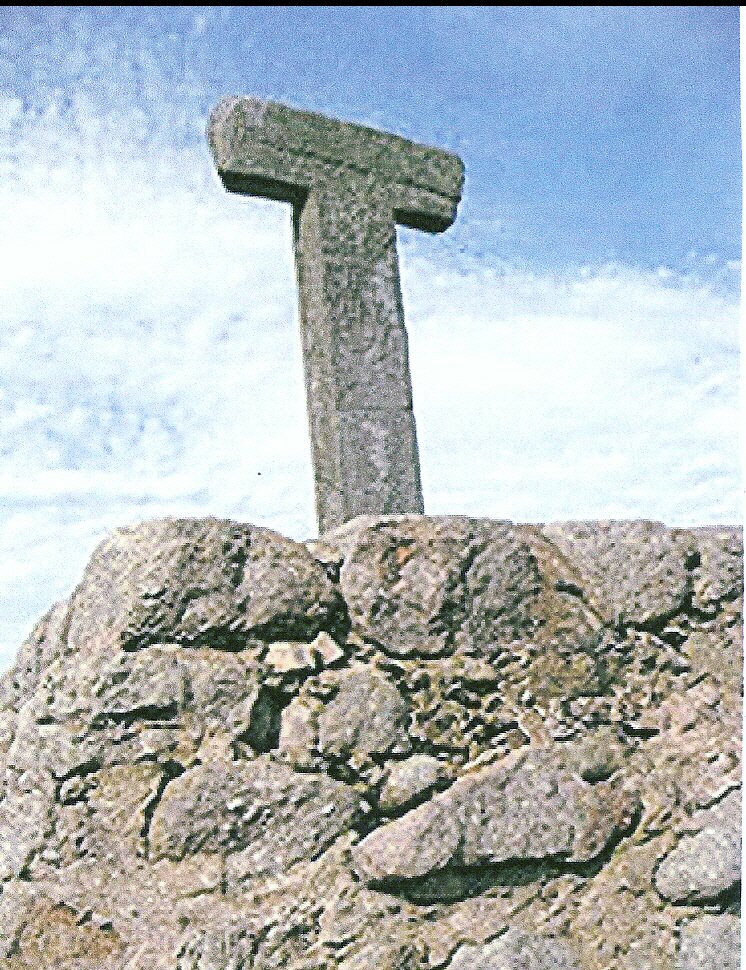 Phoenicians and Greeks, and also the Celtic Cross. This cross would become incorporated into the beginning years of Christianity, and then later changed to the modern Christian cross of warfare used today, which was first instituted in the 4th century by the Roman Emperor Constantine.
Phoenicians and Greeks, and also the Celtic Cross. This cross would become incorporated into the beginning years of Christianity, and then later changed to the modern Christian cross of warfare used today, which was first instituted in the 4th century by the Roman Emperor Constantine.
Below you will find quotes by some of the world’s most respected authors and authorities, verifying that the Druids did in fact adore the True Tau Cross. Now we must ask ourselves, “What does it truly represent, and why did they venerate this ancient mysterious symbol?” These are questions I will attempt to give you some clues below, and also answer in future articles on this very subject.
33rd degree Masonic Philosopher, Manly P. Hall had written this about the Druids and the TAU cross in The Secret Teachings of all Ages;
There are three distinct forms of the cross. The first is called the TAU (more correctly the TAV). It closely resembles the modern letter T, consisting of a horizontal bar resting on a vertical column, the two arms being of equal length. An oak tree cut off some feet above the ground and its upper part laid across the lower in this form was the symbol of the Druid god Hu. It is suspected that this symbol originated among the Egyptians from the spread of the horns of a bull or ram (Taurus or Aries) and the vertical line of its face. This is sometimes designated as the hammer cross, because if held by its vertical base it is not unlike a mallet or gavel.
In one of the Qabbalistic Masonic legends, Hiram Abiff is given a hammer in the form of a TAU by his ancestor, Tubal-cain. The TAU cross is preserved to modern Masonry under the symbol of the T square. This appears to be the oldest form of the cross extant.
The 19th century British Freemason, Rosicrucian, and author, Hargrave Jennings had written this about the Druids and the cross in his book The Masculine Cross, Or, A History of Ancient and Modern Crosses and Their Connections to Sex Worship;
“It is known that the Druids consecrated the sacred oak by cutting it into the shape of a cross, and so necessary was it regarded to have it in this form, that if the lateral branches were not large enough to construct the figure properly, two others were fixed as arms on either side of the trunk. The cross having been thus constructed, the Arch-Druid ascended and wrote the name of the Deity upon the trunk at the place of intersection, and on the extremities of the arms.
The peculiar interest attached to this idol lies in the fact that it is described by the best authorities as the Gallic or Celtic Tau. “The Tau,” says Davies in his Celtic Researches, “was the symbol of the Druidical Jupiter. It consisted of a huge grand oak deprived of all its branches, except only two large ones which, though cut off and separated, were suspended from the top of its trunk-like suspended arms.” The idol, say others, was in reality a cross, the same in form as the linga.”
Godfrey Higgins had written about the history of the Druids and the cross in his book Celtic Druids. Higgins had said;
Having shewn that the cross was in common use long before the time of Christ, by the continental nations of the world, it is now only necessary to shew that it was equally in use by the Druids of Britain, to overthrow the arguments used to prove certain monuments Christian, from the circumstance alone of their bearing the figure of the cross.
The very learned Schedius,* speaking of the Druids, confirms all that I have said on this head. He writes, “ that they (the Druids) seek studiously for an oak tree, large and handsome, growing up with two principal arms, in form of a cross, beside the main stem upright. If the two horizontal arms are not sufficiently adapted to the figure, they fasten a cross-beam to it. This tree they consecrate in this manner. Upon the right branch they cut in the bark, in fair characters, the word HESUSI upon the middle or upright stem the word TARAMIS! upon the left branch BELENUS : over this, above the going off of the arms, they cut the name of God, THAU :T under all the same repeated THAU.
“This tree so inscribed, they make their hebla in the grove cathedral, or summer church, toward which they direct their faces in the offices of religion, as to the ambre-stone or the cove in the temples of Abury ;1; like as the Christians do to any symbol or picture at the altar.”
On this Mr. Davies observes, that Arrian, in Bell. Illyr., mentions the Gallican Tau, in a passage of his Catalecta, which Ausonius, the Gaulish bard, proposes as an enigma to his learned friends. This Tau was the symbol of the Druidical Jupiter. It consisted of a great oak, deprived of all its branches, except only two large ones, which, though cut off and separated, were suspended from the top of its trunk, like extended arms.
On this Mr. Davies observes, that Arrian, in Bell. Illyr., mentions the Gallican Tau, in a passage of his Catalecta, which Ausonius, the Gaulish bard, proposes as an enigma to his learned friends. This Tau was the symbol of the Druidical Jupiter. It consisted of a great oak, deprived of all its branches, except only two large ones, which, though cut off and separated, were suspended from the top of its trunk, like extended arms.§
33rd Degree Scottish Rite Freemason, Albert Pike had written about the Tau in Morals and Dogma:
This Tau was in the form of the cross of this degree, and it was the emblem of life and salvation. The Samaritan Tau and the Ethiopic Tavvi are the evident prototype of the Greek r; and we learn from Tertullian, Origen, and St. Jerome, that the Hebrew Tau was anciently written in the form of a Cross.
In ancient times the mark Tau was set on those who had been acquitted by their judges, as a symbol of innocence. The military commanders placed it on soldiers who escaped unhurt from the field of battle, as a sign of their safety under the Divine Protection.
It was a sacred symbol among the Druids. Divesting a tree of part of its branches, they left it in the shape of a Tau Cross, preserved it carefully, and consecrated it with solemn ceremonies. On the tree they cut deeply the word Thau, by which they meant God. On the right arm of the Cross, they inscribed the word Hesuls, on the left Belen or Belenus, and on the middle of the trunk Tharamis. This represented the sacred Triad.

Moe is the founder of GnosticWarrior.com. He is a father, husband, author, martial arts black belt, and an expert in Gnosticism, the occult, and esotericism.

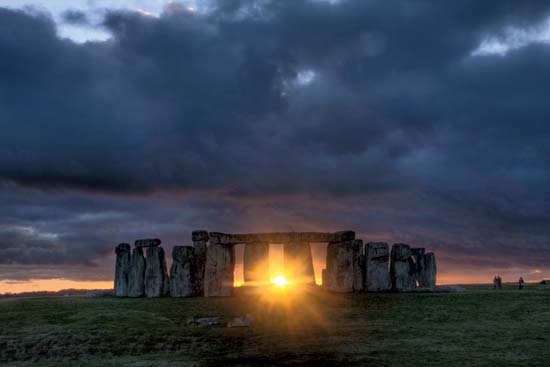
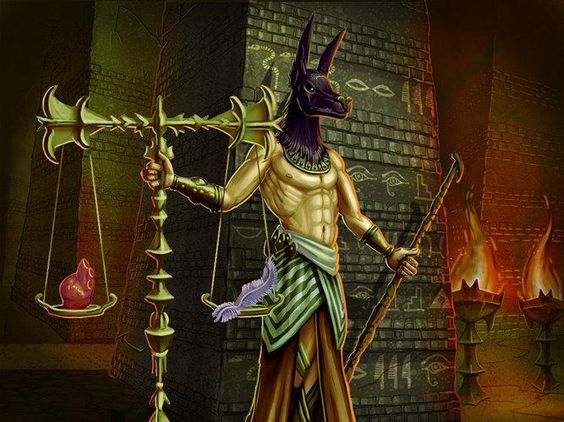
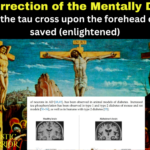
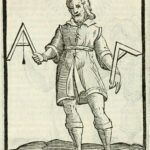

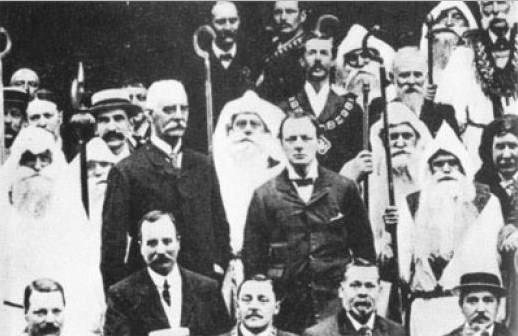
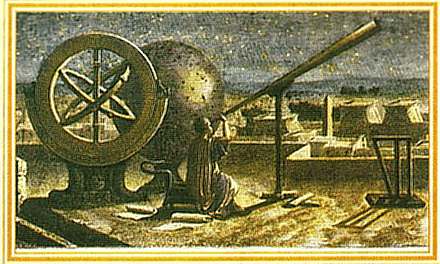

Interesting similarity that in pagan times my nation(Circassians) also used T shaped cross that made from sacred oak tree and prayed to their god “Tha”
Hello Moe, turn your life over to Jesus Christ and you’ll experience true miracles. Start by reading some of the amazing miracles in the Catholic Church. One good book would be Visionaries, Mystics and Stigmatists down through the Ages by Bob & Penny Lord. Try reading just a few pages. There are thousands of books on similar topics. You’ll become a true believer if you give it a chance.. Tomorrow is ‘Mercy Sunday’ when the Lord promised to give complete forgiveness and penance for all sins. Just find a church where you can receive Confession and Communion and you’re all set. Like a ticket to heaven. May the Lord bless and keep you Moe. Greg
See book at: https://www.amazon.com/Visionaries-Mystics-Stigmatists-Down-Through/dp/0926143573/ref=sr_1_1?dchild=1&keywords=visionaries+mystics+and+stigmatists+down+through+the+ages&qid=1618073481&sr=8-1
Hello Greg, Thank you for the comment and blessings. I’m actually a Christian and Roman Catholic. What makes you think that I’m not Christian? Just because I write about Modern Gnosticism, the occult, mystical Christianity, and true history?